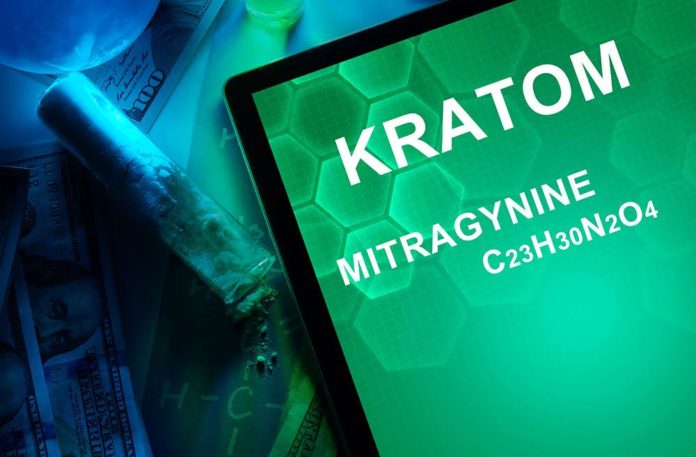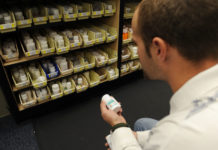The U.S. Drug Enforcement Administration (DEA) formally announced on Thursday that it would withdraw its intent to ban kratom.
On August 31, the DEA released their notice to ban and place Mitragynine and 7-Hydroxymitragynine, two alkaloids naturally produced by kratom, into Schedule I classified drugs, joining other substances including LSD, ecstasy, heroin and marijuana. Schedule I is the most restricted category of drugs in the United States.
The proposed ban was soon met with opposition from the public and more than 50 members of Congress. The American Kratom Association also strongly opposed the proposed ban stating on its website: “We moved a mountain and now we’re parting the sea.”
The DEA will allow a formal comment period regarding the scheduling of Kratom under the Controlled Substance Act, which will be open to the public and the FDA until December 1, 2016. The DEA also requested the U.S. Food and Drug Administration expedite its scientific and medical evaluation and scheduling recommendation for the two substances.
“As the Controlled Substance Act provides, if DEA determines that the medical and scientific facts contained in the FDA scheduling evaluation, along with all other relevant data and information, constitute substantial evidence of potential for abuse to support permanent scheduling of mitragynine and 7-hydroxymitragynine, DEA will publish in the Federal Register a notice of proposed rulemaking, which will give interested members of the public an additional opportunity to submit comments and request a hearing,” the Federal Register stated.
Addiction Now previously reported the DEA’s intent on Kratom here.
Kratom is a natural substance originating in Thailand and Malaysia in the early 1800s. It has been used to treat anxiety, depression, fatigue, chronic pain, diarrhea and PTSD symptoms. Kratom is typically taken orally in a gel capsule form, and its leaves can be chewed, smoked or brewed with tea.
In low doses, it can have similar reactions to a strong cup of coffee… (continue reading)

















